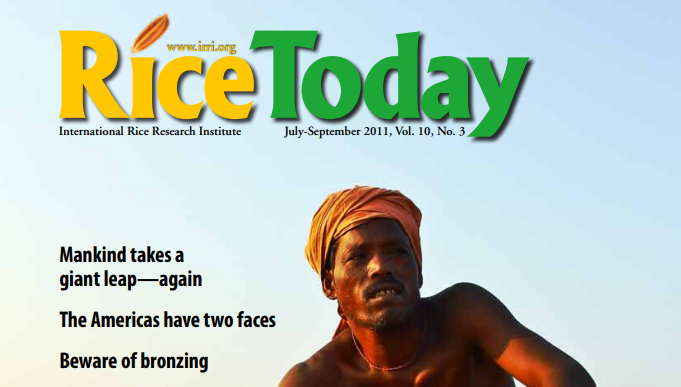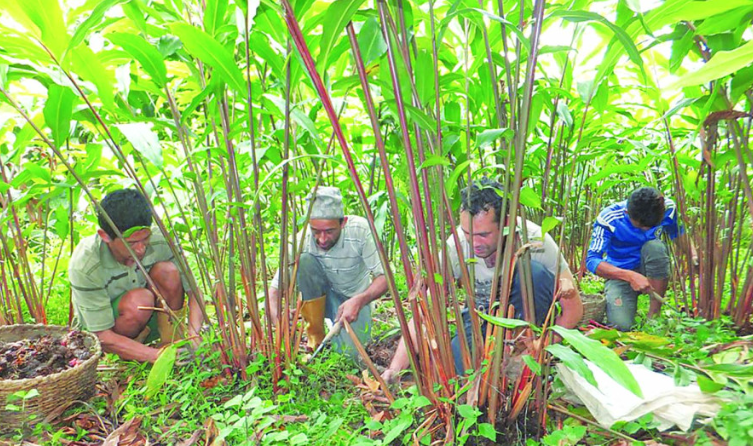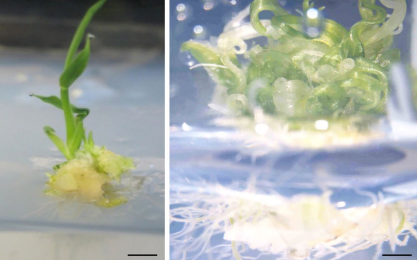Recent efforts to engineer C4 photosynthetic traits Into C3 plants such as rice demand an understanding of the genetic elements that enable C4 plants to outperform C3 plants. As a part of the C4 Rice Consortium’s efforts to identify genes needed to support C4 photosynthesis, EMS mutagenized sorghum populations were generated and screened to identify genes that cause a loss of C4 function. Stable carbon isotope ratio of leaf matter has been used to distinguish species with C3 and C4 photosynthetic pathways. Here, we report the identification of a sorghum (Sorghum bicolor) mutant with a low carbon isotope ratio characteristic. A mutant (named Mut33) with a pale phenotype and stunted growth was identified from an EMS treated sorghum M2 population. The stable carbon Isotope analysis of the mutants showed a decrease of carbon isotope ratio uptake capacity. The noise of random mutation was reduced by crossing the mutant and its wildtype (WT). The back-cross (BC1 F1) progenies were like the WT parent in terms of values and plant phenotypes. All the BC1F2 plants with low carbon isotope ratio died before they produced their 6th leaf. Gas exchange measurements of the low sorghum mutants showed a higher C02 compensation point (25.24 unol C02-mol1 air) and the maximum rate of photosynthesis was less than 5pmol.m-2.s-l. To identify the genetic determinant of this trait, four DNA pools were isolated; two each from normal and low carbon isotope ratio BC1 F2 mutant plants. These were sequenced using an Illumina platform. Comparison of allele frequency of the single nucleotide polymorphisms (SNPs) between the pools with contrasting phenotype showed that a locus in Chromosome 10 between 57,941 ,104 and 59,985,708 bps had an allele frequency of 1. There were 211 mutations and 37 genes in the locus, out of which mutations in 9 genes showed non synonymous changes. This finding is expected to contribute to future research on the identification of the causal factor differentiating C4 from C3 species that can be used in the transformation of C3 to C4 plants.





